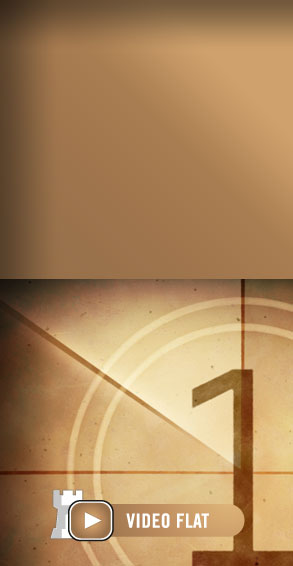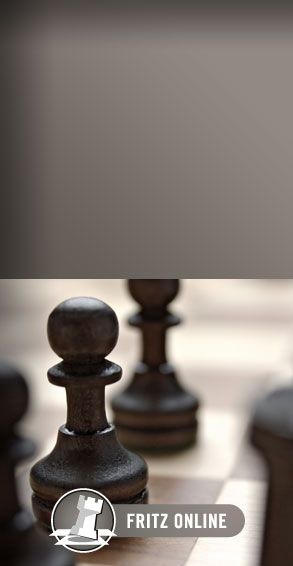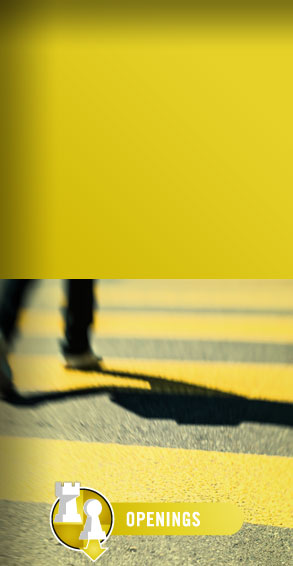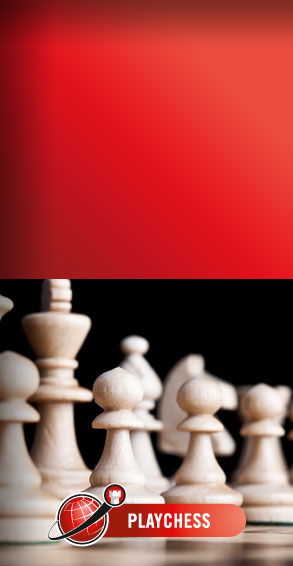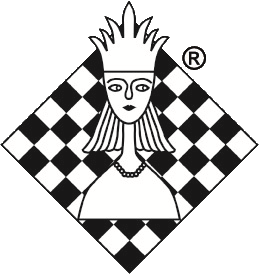Dante Alighieri mentions the game of chess in his works more than once, but a particularly relevant reference is in the Divine Comedy (Paradiso, XXVIII), when he talks about the number of angels, a passage that was much debated at that time. The complete triplet:
Every spark followed its Kindler;
and so many were they, that their whole number far more thousands counts,
than ever did the doubling of the chess.
Lo incendio lor seguiva ogni scintilla;
Ed eran tante, che il numero loro
Più che il doppiar degli scacchi s'immilla.
(Paradiso, XXVIII, 91-93)

LALTA COMEDYA DEL SOMMO POETA DANTE, title of the Codex Altonensis; Northern Italy, 2. part of the 14th century
The chess comparison is significant: the "doubling" to which Dante refers in these verses is an allusion to the "Wheat and Chessboard Problem", a legend according to which the inventor of chess, when asked by the king of Persia what he wanted as a reward for his invention, did not demand money or gold but wheat: one grain of wheat on the first square of the chessboard, two on the second, four on the third, and so on, always doubling the number of grains. In the end, after 64 squares, the number of grains is extraordinarily large!
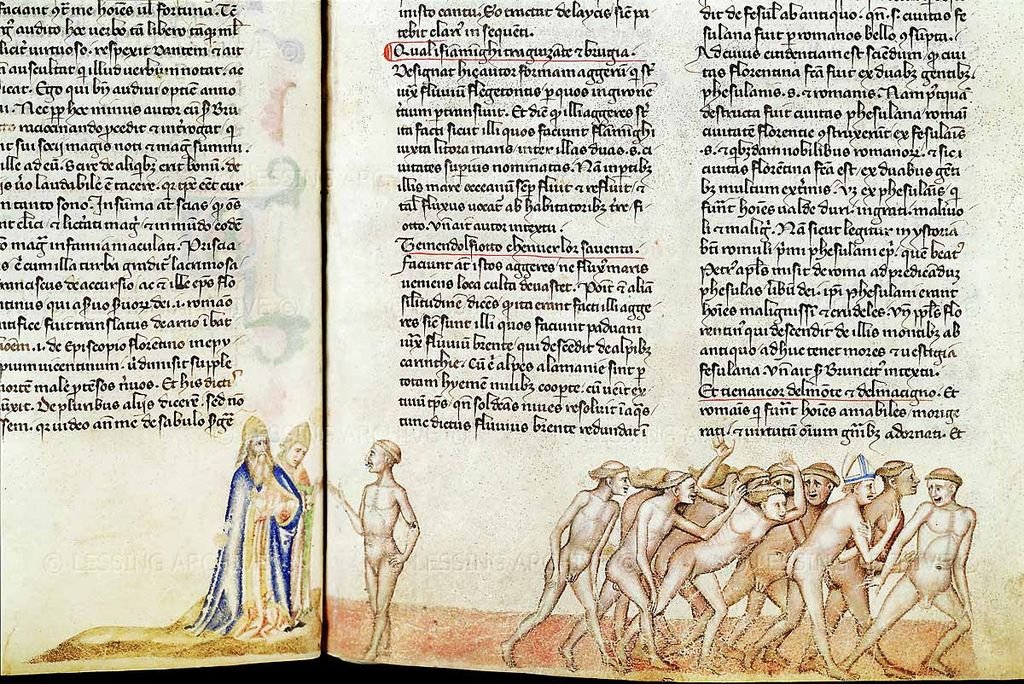
Dante and Vergil meet the sodomites in hell (manuscript illustration, about 1345)
Scholars agree that Dante knew how to play chess and that he liked to play it. For example, the Italian philologist Nicola Zingarelli (1860-1935, in Italy well known as the author of the Vocabulary of the Italian Language) writes in his influential critical work The Times, Life and Works of Dante (published in Milan in 1934) that "the whole Dantesque imprint of the similitude must lead to believe in a specific experience of Alighieri in order to the knowledge of the game of chess and of the singular numerical properties of the chessboard".
Franz Xaver Kraus (1840-1901), a German Catholic priest, art historian and author of the book Dante, published in Berlin in 1897, was also certain that Dante knew how to play chess.
It has been ascertained that Dante played above all with two of his closest friends, Cino da Pistoia and Guido Cavalcanti. And it is (almost) certain that Dante also had his own "personal" chess set – pieces and board – that he took with him when he went into exile.
The pieces are lost, but the board is mentioned in various sources. An inventory of 1680 described it as as "Dante's check and his business". The board was made of ivory and wood, and was later owned by the Marquis Cospi of Bologna. The board is described in Lorenzo Legati's book Museo Cospiano of 1677, but when the Cospi collection was given to the Institute of Bologna, the board was missing.
But in 1895 Kraus came across an ancient chessboard in Bologna, which, based on "authentic documents" in the possession of the owner, seemed to be the board from the Cospiano collection. But Kraus did not consider the documents authentic, and concluded that the chessboard was not the one that Dante had owned. Traces of the chessboard were then lost.
Links














